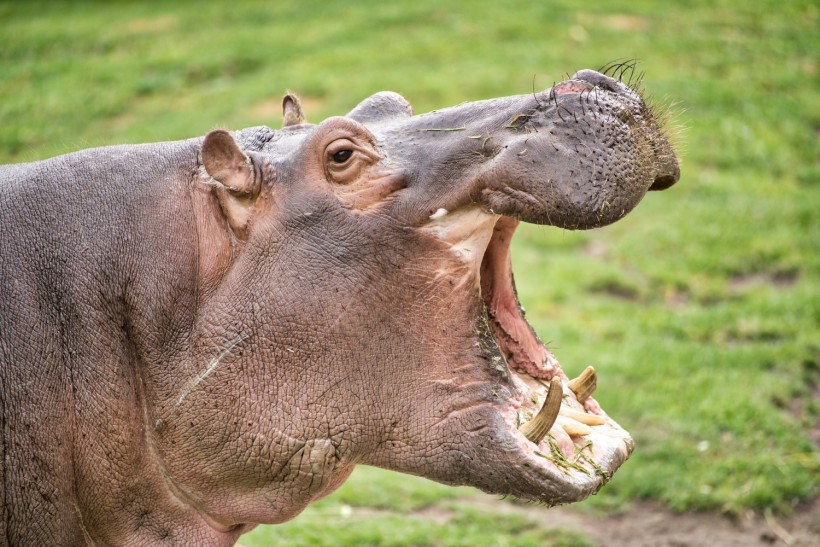Invasive "cocaine hippo" populations in Colombia are at risk of being culled as their numbers are getting out of control, according to local authorities earlier in November. Although this ecological problem in the country has been decades in the making, the latest reports show that the Colombian government is planning to take several measures to mitigate the local cocaine hippos, which were descendants of several hippopotamuses illegally imported by Pablo Escobar.
Pablo Escobar's Cocaine Hippos

Following the death of Colombia's notorious drug cartel leader in 1993, Escobar left his collection of animals with no new owners until authorities processed their transportation; except for the cocaine hippos. Local officials explained that the reason behind the retainment of the hippos is due to logistical challenges in transporting them, mainly due to the tremendous weight of the wild animals.
During the 1980s, the drug kingpin's initial import of the hippo species Hippopotamus amphibius from Africa to Colombia only involved one male and three females, as part of his private collection of exotic animals. Since then, the hippos have been left without any natural regulation or predators, feeding off local wildlife and posing a threat to their surrounding environment for several decades already.
Also Read: Pablo Escobar's 'Cocaine Hippos' Sterilized as Population Grows Out of Control
Invasive Cocaine Hippo Population
During a statement on Thursday, November 2, Colombia's Ministry of Environment and Sustainable Development (Minambiente) stated that several plans have been outlined and implemented to address the invasive cocaine hippo population such as the following:
- Surgical sterilization
- Translocation
- Ethical euthanasia protocol
The Colombian government agency also cited a study conducted by the Humboldt Institute and the National University that the presence of 169 cocaine hippos in the country could spike to 1,000 individuals by the year 2035 if no population control measures are implemented.
Minambiente Minister Susana Muhamad also assured communications regarding the translocation of the hippos to other countries have been prepared for CITES and to nations like India, Mexico, and the Philippines, according to the recent media release.
The agency's statement also shows that such measures are necessary since the rising population of the hippos is due to the absence of any natural predators, making the issue an environmental challenge. In the past, scientists have addressed that the nature of the cocaine hippos is also similar to other invasive species worldwide.
Invasive Species
According to wildlife experts, an invasive species can be anything, ranging from a large animal to a plant, pathogen, or even an insect. From a scientific perspective, these flora and fauna are "non-native species" that live in areas or habitats where they do not naturally belong.
In the case of the cocaine hippos, experts assert that these large mammal predators are causing damage in a fragile ecosystem, particularly along the banks of the Magdalena River in Colombia. Being the only hippos that live outside of Africa, the Colombian hippos also pose a threat to other large animals, including crocodiles.
Related Article: Pablo Escobar's 'Cocaine Hippos' to be Considered as Exotic Invasive Species in Colombia
© 2024 NatureWorldNews.com All rights reserved. Do not reproduce without permission.

![Tsunami Hazard Zones: New US Map Shows Places at Risk of Flooding and Tsunamis Amid Rising Sea Levels [NOAA]](https://1471793142.rsc.cdn77.org/data/thumbs/full/70325/280/157/50/40/tsunami-hazard-zones-new-us-map-shows-places-at-risk-of-flooding-and-tsunamis-amid-rising-sea-levels-noaa.jpg)



